A Study on Wettability and Tribological Properties of Polytetrafluoroethylene and Perfluoroalkyl Vinyl Composite Coatings Polytetrafluoroethylene and Perfluoroalkyl Ethylene Composite Coatings
DOI: 10.23977/jmpd.2025.090111 | Downloads: 14 | Views: 736
Author(s)
Mengchu Zhao 1
Affiliation(s)
1 Southeast University, Nanjing, Jiangsu Province, 211189, China
Corresponding Author
Mengchu ZhaoABSTRACT
Fluoropolymers have garnered increasing attention due to their exceptional chemical stability and physical properties. This study prepared composite coatings of polytetrafluoroethylene (PTFE) and perfluoroalkoxy polymer (PFA) with varying ratios using the solution blending method and systematically evaluated their wettability and tribological properties. By adjusting the ratio of PTFE to PFA, the wettability and tribological performance of the composite coatings can be effectively controlled to achieve an optimal balance of friction reduction and wear resistance. The results showed that the wettability of the composite coatings varied significantly with the composition ratio. Initially, increasing the PFA content enhanced the surface roughness and significantly raised the contact angle to 135°. However, excessive PFA content reduced the contact angle. Additionally, the incorporation of PFA improved adhesion between the coating and substrate. When it slightly increased the friction coefficient, it significantly enhanced the wear resistance of the composite coatings. The optimized composite coating exhibited the best overall performance, with a contact angle of 138°, a friction coefficient of approximately 0.23, and a wear rate as low as 2.07×10−6 mm3/Nm. Through this component optimization design, the PTFE/PFA composite coatings demonstrated excellent tribological and wettability characteristics, holding great potential for widespread application in energy equipment, aerospace and advanced manufacturing industries.
KEYWORDS
Composite Coating, Wettability, Friction and WearCITE THIS PAPER
Mengchu Zhao, A Study on Wettability and Tribological Properties of Polytetrafluoroethylene and Perfluoroalkyl Vinyl Composite Coatings Polytetrafluoroethylene and Perfluoroalkyl Ethylene Composite Coatings. Journal of Materials, Processing and Design (2025) Vol. 9: 102-112. DOI: http://dx.doi.org/10.23977/jmpd.2025.090111.
REFERENCES
[1] Domalanta M R B, Caldona E B. Toward Enhancing the Surface Adhesion of Fluoropolymer-Based Coating Materials [J]. Polymer Reviews, 2024: 1-51.
[2] Zhang X, Liu Z, Wang X, et al. Comparative Study of Anti-Sticking Properties of Coatings for Tire Molds [J]. Coatings, 2022, 12(11): 1740.
[3] Ebnesajjad S. Specialty Fluorinated Polymers [M], Technology of Fluoropolymers. CRC Press, 2023: 241-247.
[4] Yang Liu, Heng Zhao, Qian Li, et al. Research Progress of Perfluoropolyether Polymers and Functional Composites [J]. Chemical Industry and Engineering Progress, 2023, 42(1): 321-335.
[5] McKeen L W, Ebnesajjad S. Handbook of Thermoplastic Fluoropolymers: Properties, Characteristics and Data [M]. William Andrew, 2023.
[6] Seto Y, Nishino M, Okazaki Y, et al. Cross-sectional Observation of a Weak Boundary Layer in Polytetrafluoroethylene (PTFE) Using Scanning Electron Microscope [J]. Polymer Journal, 2022, 54(1): 79-81.
[7] He C, Li S, Fan X, et al. Thermal-sprayed Ceramic/Fluoropolymer Coatings with Tight Bond and Self-lubrication: Microstructure, tribological properties, and lubrication mechanism [J]. Applied Surface Science, 2024, 660: 159954.
[8] Guerrero-Vaca G, Rodríguez-Alabanda O. Analysis of Wear Phenomena Produced by Erosion with Abrasive Particles Against Fluoropolymeric Coatings [J]. Polymers, 2022, 14(21): 4617.
[9] Shuohong Gao, Min Liu, Xiaofeng Zhang, et al. Preparation and Properties of New Ceramic Composite Superhydrophobic Coatings [J]. Materials Review, 2018, 32(20): 3510-3516.
[10] Lopez G. High-performance Polymers for Aeronautic Wires Insulation: Current Uses and Future Prospects [J]. Recent Progress in Materials, 2021, 3(1): 1-15.
[11] Sujuan Ye, Quan Yu, Kunquan Li, et al. The Tribological and Sealing Properties of PFA Composites [J]. International Journal of Polymer Science, 2018, 2018(1): 2302407.
[12] Makowiec M E, Gionta G L, Bhargava S, et al. Wear Resistance Effects of Alumina and Carbon Nanoscale Fillers in PFA, FEP, and HDPE Polymers [J]. Wear, 2022, 502: 204376.
[13] He J, Wang K, Zhang X, et al. Efficient Anti-scaling Technology Based on Super-hydrophobicity Coupled Ultrasonic Technology [J]. Industrial & Engineering Chemistry Research, 2022, 61(15): 5272-5284.
[14] Ebnesajjad S. The Effect of the Environment on Fluoropolymers [M]. Technology of Fluoropolymers. CRC Press, 2023: 265-269.
[15] He Y, Farokhzadeh K, Edrisy A. Characterization of Thermal, Mechanical and Tribological Properties of Fluoropolymer Composite Coatings [J]. Journal of Materials Engineering and Performance, 2017, 26: 2520-2534.
| Downloads: | 4142 |
|---|---|
| Visits: | 263275 |
Sponsors, Associates, and Links
-
Forging and Forming
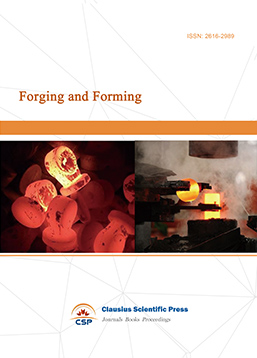
-
Composites and Nano Engineering
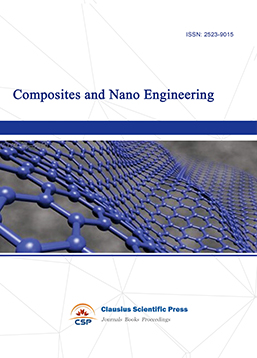
-
Metallic foams
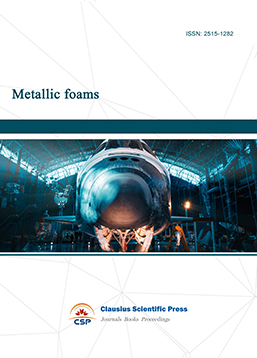
-
Smart Structures, Materials and Systems
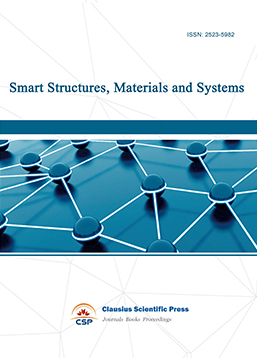
-
Chemistry and Physics of Polymers
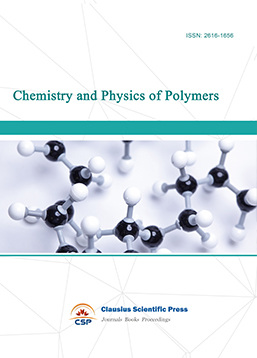
-
Analytical Chemistry: A Journal
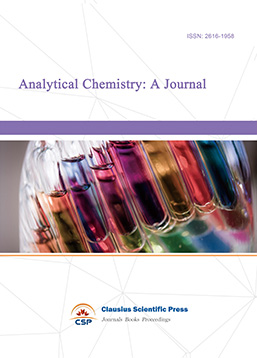
-
Modern Physical Chemistry Research
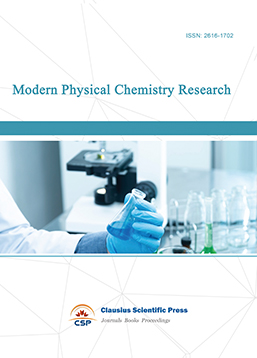
-
Inorganic Chemistry: A Journal
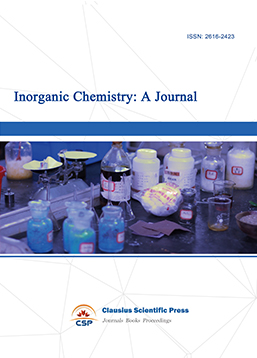
-
Organic Chemistry: A Journal
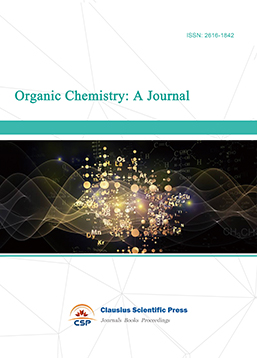
-
Progress in Materials Chemistry and Physics
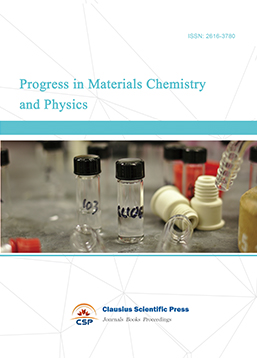
-
Transactions on Industrial Catalysis
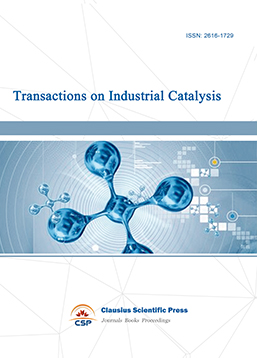
-
Fuels and Combustion
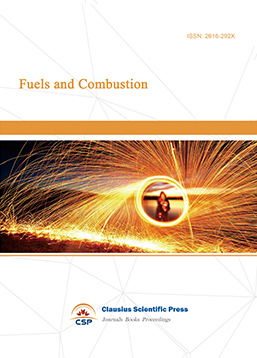
-
Casting, Welding and Solidification
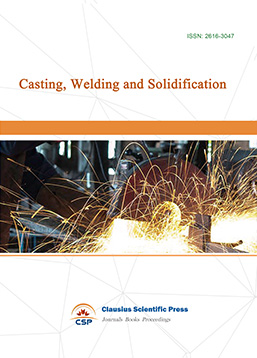
-
Journal of Membrane Technology
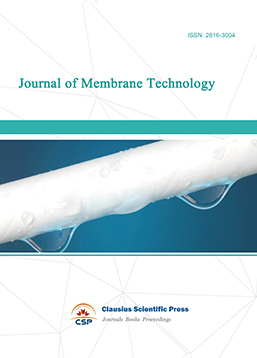
-
Journal of Heat Treatment and Surface Engineering
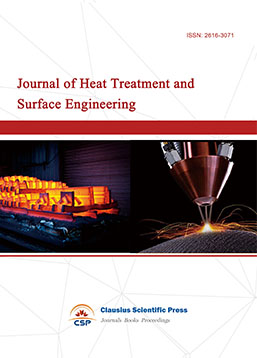
-
Trends in Biochemical Engineering
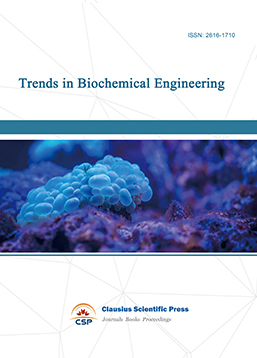
-
Ceramic and Glass Technology
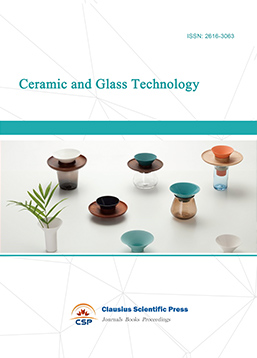
-
Transactions on Metals and Alloys
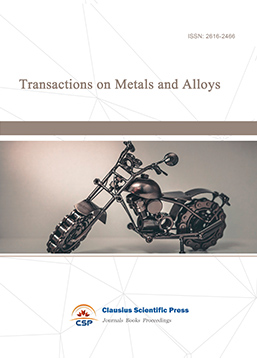
-
High Performance Structures and Materials
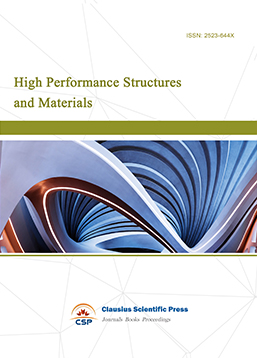
-
Rheology Letters
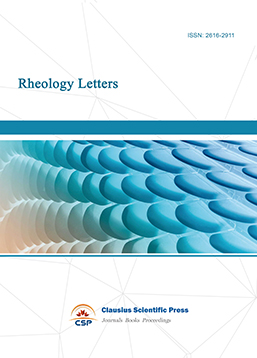
-
Plasticity Frontiers
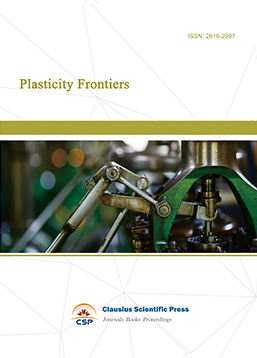
-
Corrosion and Wear of Materials
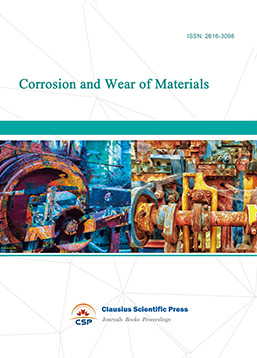
-
Fluids, Heat and Mass Transfer
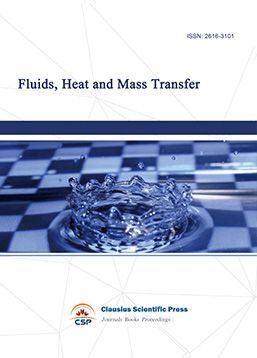
-
International Journal of Geochemistry
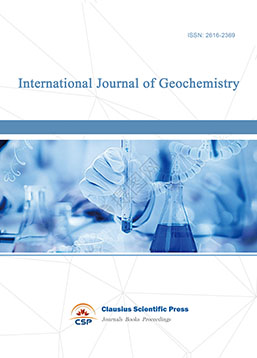
-
Diamond and Carbon Materials
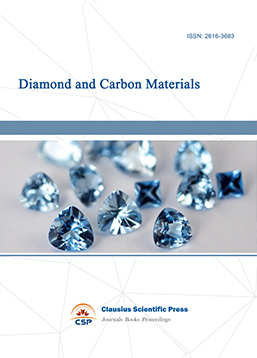
-
Advances in Magnetism and Magnetic Materials
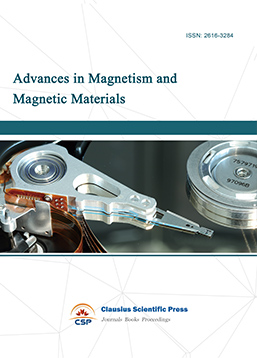
-
Advances in Fuel Cell
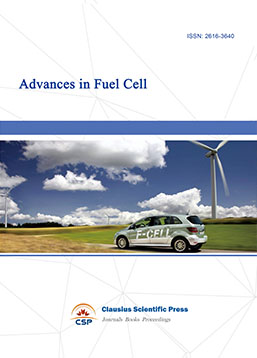
-
Journal of Biomaterials and Biomechanics
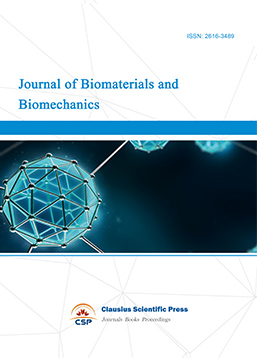

 Download as PDF
Download as PDF